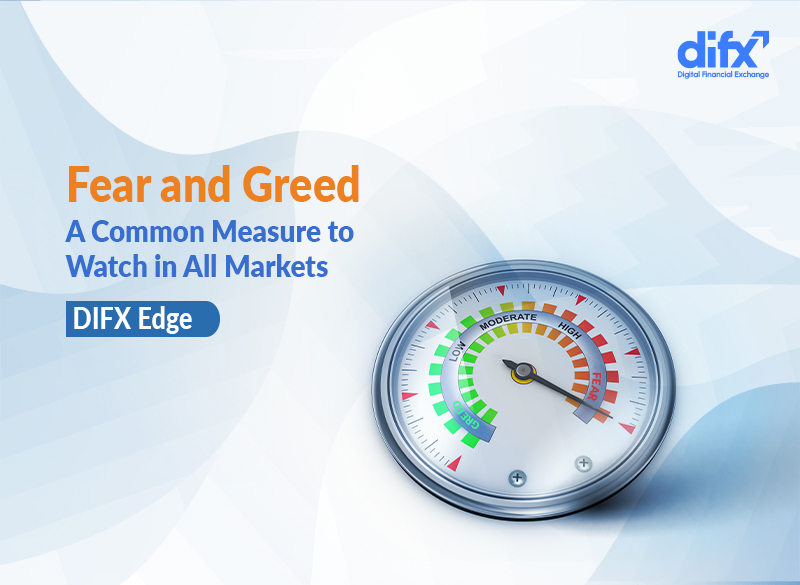You probably have heard about the importance of emotions in trading and investments and how they can drive us to make irrational decisions in extreme circumstances. Among all the emotions you may go through in your trading journey, Fear and Greed are the two you should be watching closely.
Technically, these two emotions are quite important and are looked into by traders and investors as a way to gauge the overall market sentiment. The effect of these emotions on the more volatile markets, like crypto, is even more evident. This is why the crypto space has its own Bitcoin Fear and Greed Index to assess the market sentiment for the largest crypto asset.
Fear and Greed Index
The Fear and Greed Index is a measure used by market members to gauge the overall sentiment of traders and investors. The index is created based on our basic emotional reactions to different situations.
Let’s consider bear markets; in a bear market, the price of most assets will sink continuously, a situation that can last for months. During this period, investors and traders would naturally be scared as their investments are resulting in losses, not profits.
The continuing price fall can push this fear to extreme levels, causing market members to sell their assets in an attempt to avoid further losses. This move itself can create a ripple effect, pushing the prices further down and intensifying the fear within the markets. In this situation, we can say that the assets are priced lower than their true value.
A bull market would be quite the same, just in the opposite direction. During a bull market, traders and investors can become quite greedy as the prices continue to go up. This extreme greed can increase the “Fear Of Missing Out”, compelling more investors to enter the market. This, too, would create a ripple effect, pushing the prices even higher. In this situation, we can say that the assets are priced higher than their true value.
Even though the index is mostly known for its use in the crypto market, it’s applicable to other financial markets as well. CNN’s Fear and Greed Index, for instance, measures the sentiment in the stock market to see whether the assets are fairly priced, or not.
Bitcoin Fear and Greed Index
The Bitcoin Fear and Greed Index is quite useful for crypto market analysis as the market is relatively new and can go through intense price swings. The index would show “Extreme Fear” when the market sentiment is quite negative due to a drastic or continuous fall in the price.
On the flip side, “Extreme Greed” indicates a highly positive sentiment among market members as the asset is experiencing some significant gains. Both values suggest that the market is in extreme conditions and market members should consider this while making decisions.
You can check the Bitcoin Fear and Greed Index here.
Stop-Loss and Take-Profit: Don’t Fall Victim to Your Emotions
Fear can push us to sell our assets with a loss while greed can convince us to avoid taking profits until it’s too late and the market finds its top. Fortunately, there are ways for us to avoid falling victim to our emotions.
Placing a stop-loss or take-profit order is the easiest way to make sure that we stick to our initial, well-planned strategy and won’t be affected by our emotions in extreme circumstances. A Stop-Loss Order helps you to minimize your potential loss and protect your funds while with a Take-Profit Order, you can make sure you’d realize your desired profits.
A Quick Note
At Digital Financial Exchange (DIFX), we’re constantly looking for ways to improve your trading experience and help you minimize your risks while benefiting from the markets. On the DIFX spot exchange, you can set both orders through a Stop-Limit Order, so make sure to set them accordingly to avoid any potential losses and achieve your trading goals.

